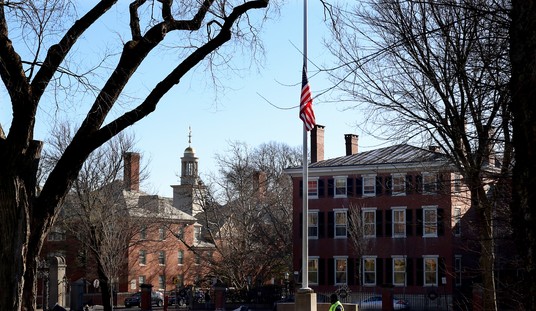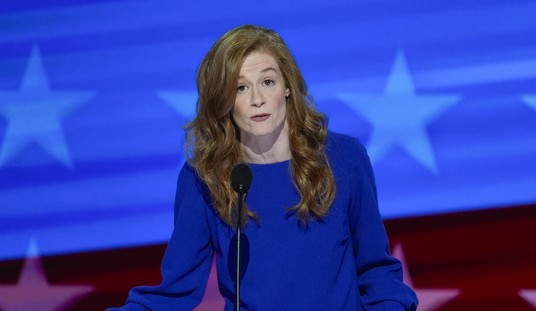In 2010, Rodney Hailey’s neighbors grew suspicious. In the past year, he had amassed “a baby blue Rolls-Royce, a white Maserati, a black Bentley and two Ferraris,” according to a Washington Post report.
The gossip in the suburban Baltimore neighborhood where he lived was that Hailey, then 33, might have been involved in the drug trade. But the truth, revealed when he was prosecuted and sentenced to 12 years in prison, was much more colorful.
Hailey, working out of his garage, had sold $9 million in fake biofuels credits the EPA requires oil refiners and others to purchase, part of an effort to subsidize the renewable energy industry.
At the time, the brazen fraud was an early warning side of the dangerous market distortions that had been created by the Renewable Fuel Standard, a national quota system for ethanol and other biofuels first enacted in 2005 and expanded in 2007.
Fraud, of course, has exploded. The EPA, experts say, is in way over its head in trying to implement a market at this scale.
But the more fundamental problem is the “marketplace” for the credits created by the agency’s regulations is, well, insane — the incentives are completely misaligned with the risks.
But with billions of dollars at stake, those incentives now have constituencies — well-funded ones — like hedge fund speculators arbitraging price spikes and major retail chains who quickly reversed their opposition upon realizing a quirk of the law affords them a credit windfall worth hundreds of millions of dollars annually.
Now the law’s biggest losers, independent one-store gas stations and smaller oil refineries, are starting to organize and push back. But the entrenched interests are putting their war chest to use, attacking the independents, however improbably, as politically powerful special interests.
The RFS is intended to spur production of renewable fuels, and under its rules the EPA announces each year a nationwide quota for the number of gallons that must be sold in the form of gasoline blends that power our cars.
The businesses that generally sell gasoline are gas stations, of course, but the quota doesn’t fall on them directly. Instead, the responsibility is placed on the shoulder of the companies that “make” oil, refineries and oil importers, who incur “renewable volume obligations” whenever they sell their product.
Companies manufacturing ethanol and other biofuels, meanwhile, are given credits called “Renewable Identification Numbers” (RINs) that satisfy those obligations. Notably, these RINs can be sold even when the renewable fuel that was manufactured wasn’t, which is one of the reasons there’s so much fraud.
Even more bizarrely, RIN credits are awarded to companies that merely “blend” biofuels and gasoline together into the final form that goes into your car, but don’t “follow” the fuel to its ultimate point of sale.
As a result, blending, despite having no productive value to the environmental goals of the law (should we subsidize the company that produces the fuel pump, too? It’s completely ancillary), has suddenly become a very lucrative activity.
How lucrative? The margin is roughly as much for selling a RIN as selling a gallon of gas itself — an instant doubling of profit.
Now if you’re a vertically-integrated Fortune 100 firm that employs 1.4 million people, like Walmart, this is not a problem. Just buy a blending operation.
If you own a single station in Debuque, well, that’s going to be a bit of a challenge.
In 2015, towards the end of the Obama years, the EPA dramatically escalated the ethanol quota under the RFS, increasing the quota at a 75% faster rate than the previous update to require a total of 18.11 billion gallons of renewable fuel for 2016.
(These numbers, incidentally, are arbitrary. A GAO report found the RFS program will not reduce Greenhouse Gas Emissions like the agency says it will. And the EPA has even admitted the program is not spurring production like it planed. You almost want to ask, facetiously, why not .. 100 BILLION GALLONS [pinky to lips]!?)
An obscure federal law required Gina McCarthy, then the Obama-appointed EPA chief, to “certify” in the RFS update the new rules would not cost small businesses more than 1 percent of their sales.
But the EPA’s cost “estimates” were revealing. Rather than rely on data, the agency produced “illustrative cost estimates,” otherwise known as anecdotal evidence.
“The cost estimates provided are not meant to be precise measures,” the EPA said, in what was apparently its best imitation of a “*Results Are Not Typical” disclaimer that flashes at the edge of a screen during a miracle weight loss ad.
No wonder. The compliance costs faced by firms without a magical RIN windfall are staggering. Valero Energy, an San Antonio-based energy firm with $87.8 2015 revenues, spent a full one-third of its costs that year buying RINs. The biggest oil companies, however, benefit from the rules, hoarding RINs and exploiting the situation to weaken competition.
Meanwhile, independent gas stations, which compose roughly 65% of the market, are getting hammered by big-name competitors that are double-dipping from their suddenly lucrative blending operations.
To summarize, the EPA has designed an opaque, Bizarro World environmental credits market rife with fraud and speculation that is helping the big guys destroy Mom & Pops, while the beneficiaries pay big buck lobbyists to attack anyone who complains as a special interest.













Join the conversation as a VIP Member